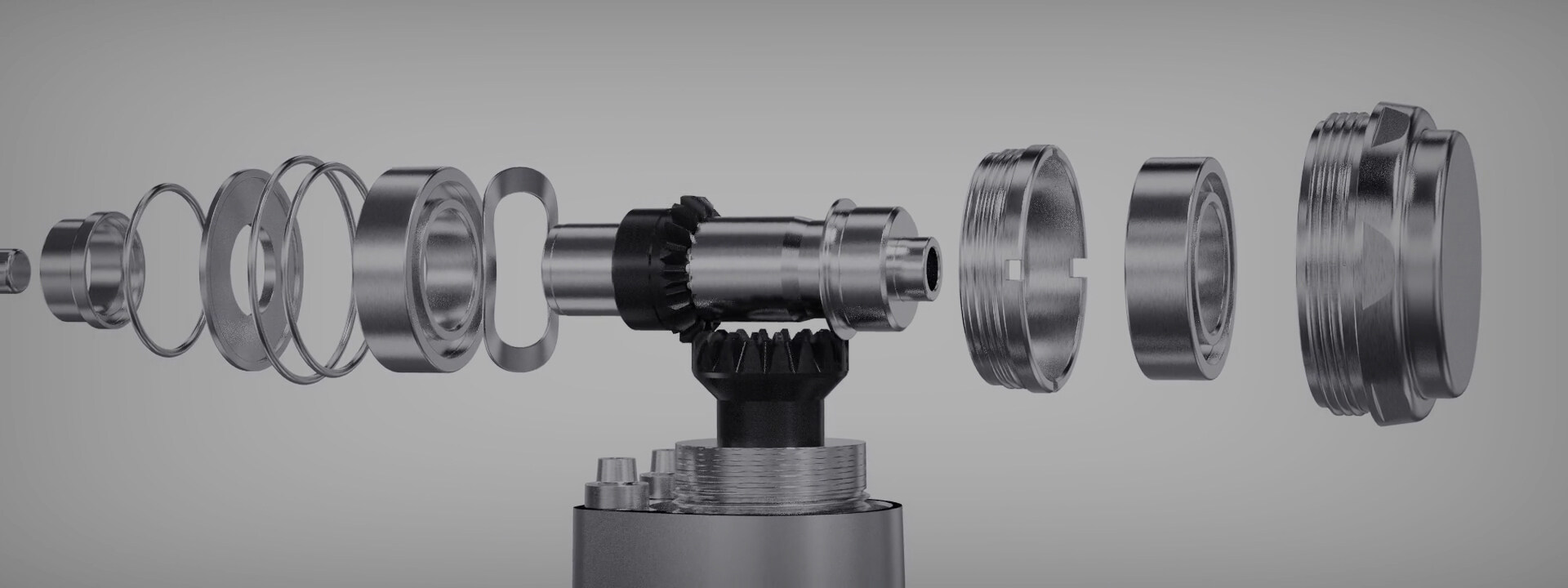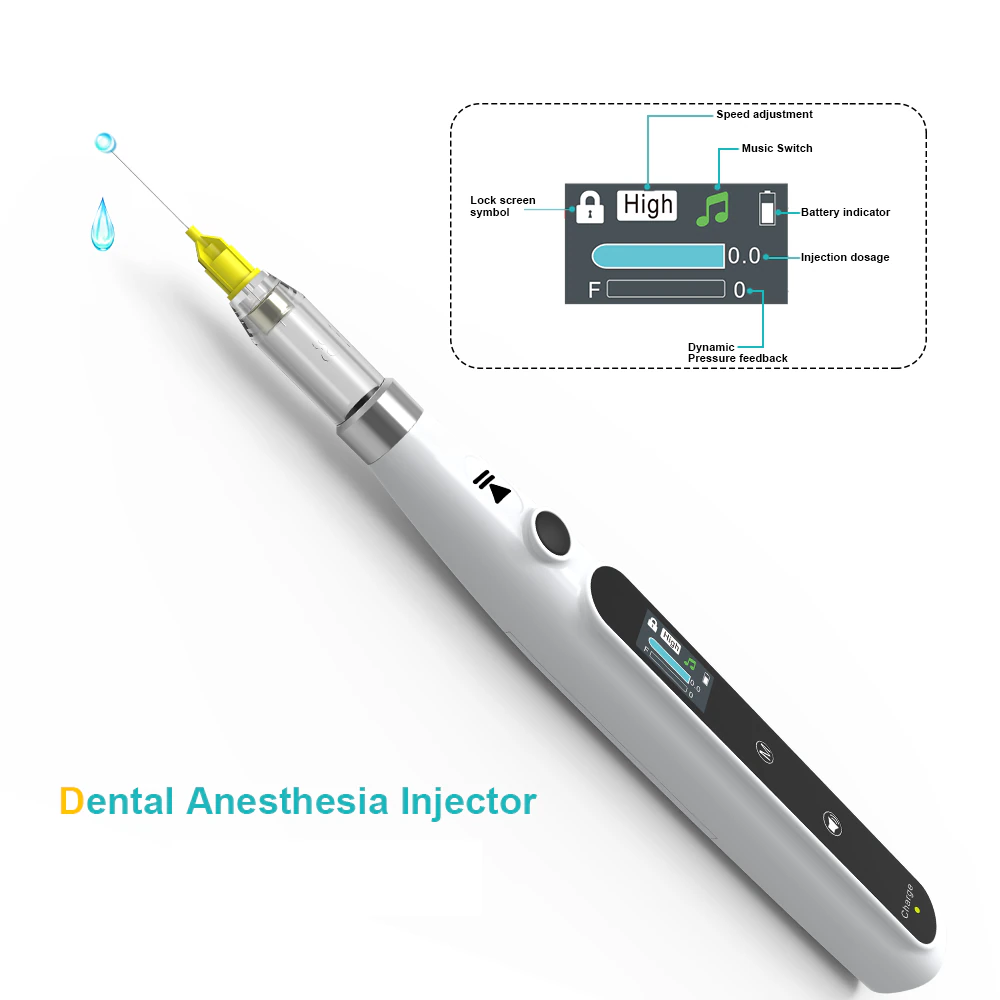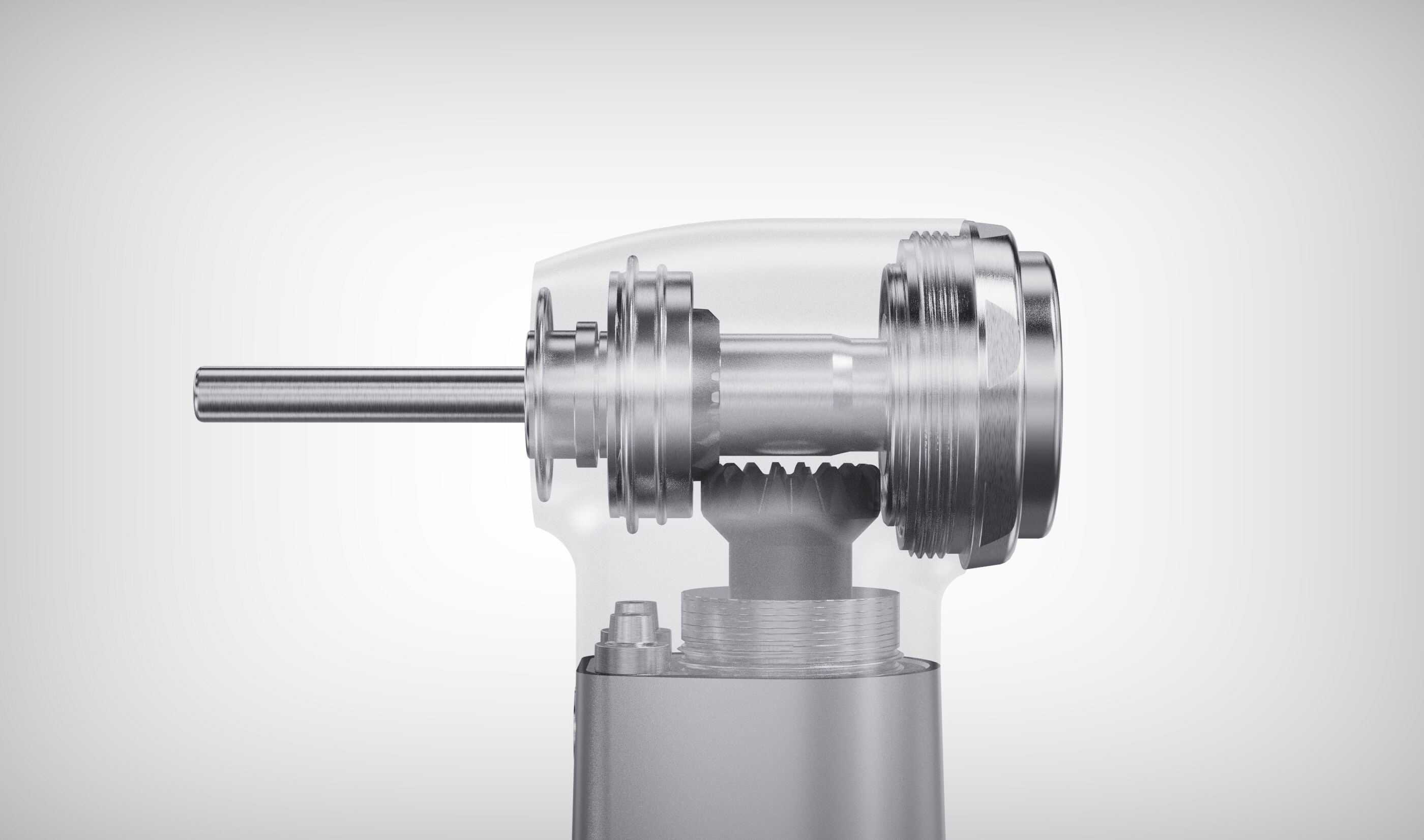Villa í tölvupóstsniði
emailCannotEmpty
emailDoesExist
pwdLetterLimtTip
inconsistentPwd
pwdLetterLimtTip
inconsistentPwd

Fréttir
Hér geturðu lýst texta sem þú vilt tjá.

Hækkun Chatgpt gæti kallað fram endurmat á læknisfræðilegu gildi AI I

ChatgPT og GPT-4: Tilkoma AI tækni
Tilkoma Chatgpt og bylting GPT-4 í seinni tíð hefur vakið athygli iðnaðarins og almennings og undirliggjandi grunntækni, gervigreind (AI), hefur orðið „heitt umræðuefni“ í augnablikinu.
AI tækni: Að komast inn í verk fólks og lifa
Með komu tímans af stórum gögnum, skýjatölvu og 5G er AI tækni að þróast hratt og kynna fleiri möguleika fyrir AI aðstoð við ýmsar atvinnugreinar meðan þeir víkja fyrir forsendum fólks. Það er óumdeilanlegt að AI hefur þegar smám saman komist í vinnu og líf fólks.
AI Medical: Möguleiki á iðnaðarþróun
Sem atvinnugrein sem tengist heilsu almennings hefur læknaiðnaðurinn möguleika á að ná nýju iðnaðarþróun með AI tækni. Samkvæmt tölfræði hefur tæpum 100 milljörðum dollara verið sprautað í AI og læknaiðnað undanfarin fimm ár. Læknisfræðileg myndgreining AI, AI lyfjameðferð og læknisfræðileg AI vélmenni hafa öll gert hratt bylting og skref fram á við. AI Medical er smám saman að verða eitt af einbeittustu þemunum í lífeðlisfræðilegu brautinni.
AI tækni: Mikilvægur drifkraftur til að bæta læknisþjónustu
Eftir því sem samþætting AI tækni og læknis- og heilbrigðissviða heldur áfram að dýpka, eru gervigreindartækni táknuð með tölvusjón, náttúrulegri málvinnslu og vélanámi verða sífellt síast inn í ýmsar sviðsmyndir læknaiðnaðarins og hafa orðið mikilvægir Drifkraftur til að bæta læknisþjónustu. Það er fyrirsjáanlegt að með tvöföldum hvata stoðsendingar og tækninýjungar er AI Medical að fara inn í hratt akrein og markaðurinn er í stakk búinn að taka af stað og breyta heilbrigðu lífi fólks með hjálp AI.
Úthlutun AI og læknisauðlindar: Stuðningur við stefnumótun og tækninýjungar
Stefna er í réttri átt og AI hjálpar til við að hámarka úthlutun læknisfræðilegra auðlinda. Undanfarinn áratug hefur öldrun íbúa Kína verið að flýta fyrir. Samanborið við stóra íbúagrunn sinn dreifast læknisfræðilegar auðlindir misjafnlega og skortur er á læknisfræðilegum auðlindum. Ekki er hægt að finna marga alvarlega og langvarandi sjúkdóma á frumstigi vegna skorts á augljósum einkennum og flóknum uppgötvunarferlum.
AI getur á áhrifaríkan hátt leyst vandamál læknisskorts og misræmi læknisfræðilegra auðlinda. Almennt er talið af iðnaðinum að vinsæld og beiting AI geti hagrætt úthlutun læknisfræðilegra auðlinda, stuðlað að nútímavæðingu læknis- og heilsu getu, stuðlað að greiningu og meðferð og stuðla að samþættingu kerfisins.
Undanfarin þrjú ár heimsfaraldursins hafa fólk lagt áherslu á heilbrigðisþjónustu og aukið enn frekar eftirspurn eftir læknisþjónustu. Vísindaleg og tækninýjungar á læknisfræðilegum og heilbrigðissviðum hafa orðið mikilvægari og brýnni. Notkun gervigreind á læknisviði hefur einnig orðið ein mikilvægasta innlendar aðferðir.
Stuðningur við stefnumótun við AI Medical: Að stuðla að nýsköpun og þróun í greininni
Undanfarin ár hafa ýmsar deildir ríkisráðsins, iðnaðar- og upplýsingatækni, og lyfjaeftirlit ríkisins gefið út röð stefnumótunargagna til að stuðla að nýsköpun og þróun læknis AI iðnaðarins. Til dæmis stuðlar það að rannsóknum og þróun AI myndgreiningar, AI greiningar og skurðaðgerðar vélmenni; Það hvetur AI til að vera mikið notaður í neyðarástandi lýðheilsu, æxlum og öðrum sjúkdómum; og það er það fyrsta sem stofnaði AI staðalkerfi á læknisfræðilegum og öðrum sviðum árið 2023.

